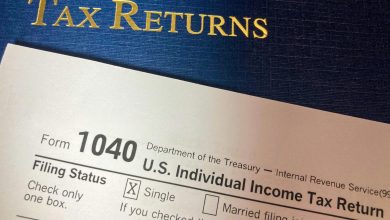How Much Does It Cost to Retire?

How Much Does It Cost to Retire?
Retirement is one of the biggest financial milestones in life. It represents the point where you stop earning an active income and start relying on savings, investments, and pensions to maintain your lifestyle. But how much does it actually cost to retire comfortably? The answer varies from person to person, depending on lifestyle choices, location, healthcare needs, and the length of retirement. Still, understanding the main components of retirement costs can help you create a clearer picture and prepare effectively.
1. Estimating Your Annual Living Expenses
The foundation of any retirement plan starts with understanding your living expenses. Financial experts often recommend that retirees need about 70% to 80% of their pre-retirement income to maintain the same standard of living. For example, if you earn $60,000 annually before retirement, you might need around $42,000 to $48,000 per year after retirement. However, this estimate depends heavily on lifestyle choices—traveling frequently, maintaining multiple properties, or supporting family members can increase costs significantly.
2. Healthcare and Insurance Costs
Healthcare tends to be one of the largest expenses during retirement. Even with government or private health insurance, retirees must account for premiums, medications, and possible long-term care. It’s important to budget for rising medical costs as you age. Having comprehensive health coverage and an emergency fund dedicated to healthcare can provide peace of mind and financial security.
3. Housing and Living Arrangements
Housing plays a major role in determining retirement costs. If your home is paid off, you’ll save significantly on rent or mortgage payments, but you’ll still need to cover property taxes, maintenance, and utilities. Some retirees choose to downsize or relocate to areas with lower living costs. Others may opt for senior communities that offer convenience and healthcare access but come at higher costs. Evaluating your housing plan early helps ensure it aligns with your retirement income.
4. Inflation and Longevity Considerations
Inflation gradually reduces the purchasing power of money, which can have a major impact over a 20- or 30-year retirement period. A plan that works today may not be sufficient in the future if inflation isn’t considered. Additionally, life expectancy is increasing, meaning retirees must prepare for potentially longer periods of financial independence. Investing wisely and adjusting your retirement plan every few years can help offset inflation and ensure your money lasts.
5. Building Your Retirement Fund
Experts often suggest aiming for a retirement fund that’s 20 to 25 times your expected annual expenses. For instance, if you plan to spend $50,000 per year, a target of $1 million to $1.25 million can provide a solid financial cushion. Combining savings, pensions, social security, and investment income helps diversify your income sources and reduce risk.
Conclusion
The cost of retirement depends on personal goals, lifestyle, and financial discipline. While no two retirements look the same, careful planning and consistent saving make all the difference. By estimating expenses, accounting for inflation, and prioritizing healthcare and housing, you can build a secure retirement plan that ensures comfort and peace of mind throughout your golden years.



